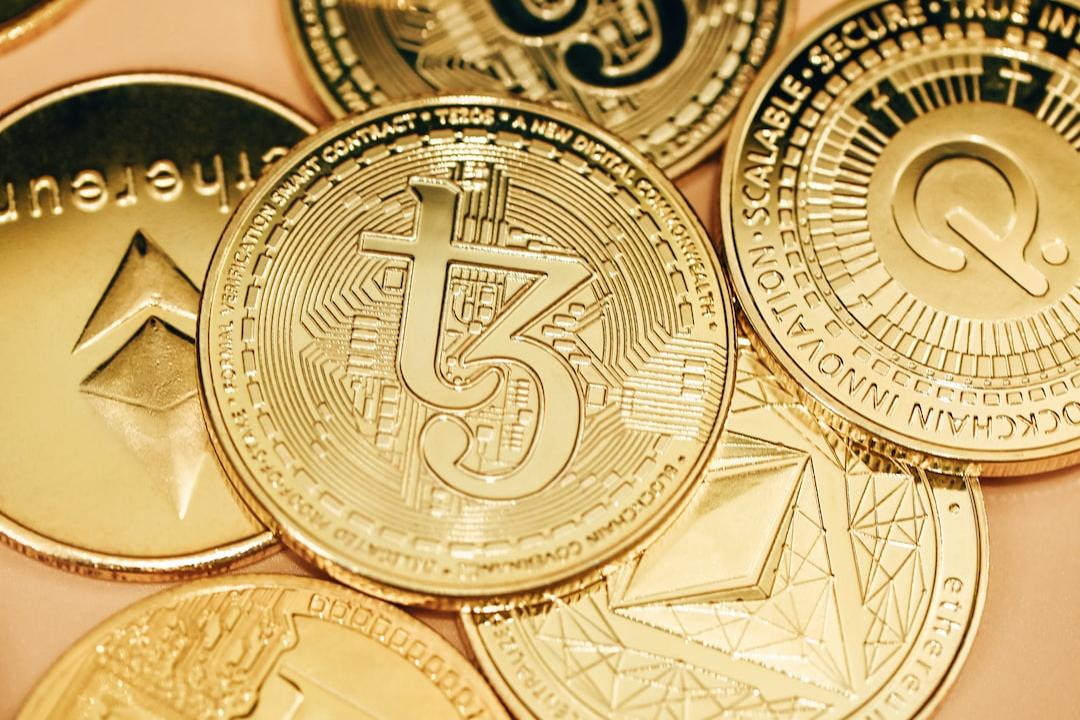Bitcoin, the most widely used cryptocurrency globally, is the focus of this article, which offers clear instructions on how to acquire the digital currency.
If you’re interested in exploring the world of digital assets, one of the first steps is understanding how to set up a Bitcoin (BTC) account. Whether you’re captivated by the idea of decentralization, financial independence, or the intricacies of digital currency, this guide aims to simplify the process and empower you to start your Bitcoin journey.
In theory, creating a Bitcoin account can be as simple as downloading an app on your mobile device or laptop. However, just because BTC can be stored digitally doesn’t mean you should store it anywhere. If you’re considering opening a Bitcoin account, this guide covers much of the information you need.
Table of Contents
What is a Bitcoin wallet?
How does a Bitcoin wallet function?
Steps to open a Bitcoin account
Types of wallets
Conclusion
FAQs: opening a Bitcoin account
A Bitcoin wallet is a digital storage device that typically holds not only Bitcoin but also other cryptocurrencies like Ethereum (ETH) and Ripple (XRP). It contains private keys that enable access to and spending of your coins. Wallets come in various forms, including physical hardware devices, software applications, and paper printouts. You can use your Bitcoin wallet to send and receive payments and securely store funds offline in cold storage.
Most Bitcoin wallets give you control over your private keys, meaning you are responsible for safeguarding your bitcoins. Depending on how vigilant you are in using your private keys, this can be either advantageous or disadvantageous.
How does a Bitcoin wallet function?
Similar to needing a physical wallet for cash and credit cards, a Bitcoin wallet stores your BTC digitally. Users must log into their account using their private key to access crypto and send amounts to recipients.
There are two main types of Bitcoin wallets:
Hot wallet:
These store Bitcoin private keys on internet-connected devices. While they are convenient and user-friendly, they can pose a security risk if the primary device is lost. As a result, they may be best suited for storing small amounts of crypto.
Cold wallet:
These store Bitcoin private keys offline, offering high security and minimal risk of compromise by hackers.
Steps to open a Bitcoin account
Now that you have a basic understanding of Bitcoin, let’s explore a simple step-by-step process for opening a BTC account.
Research:
Take the time to research different exchange websites supporting Bitcoin, such as Coinbase, Kraken, or Bitstamp, to determine the most suitable option for your needs.
Registration:
Visit the chosen cryptocurrency exchange website, enter your email address and a strong password, and receive a verification code in your email.
Verification:
Complete the Know Your Customer (KYC) and Anti-Money Laundering (AML) process by submitting required documents for address verification, which varies in time depending on the exchange’s requirements.
Deposition:
Once your account is verified, you can start depositing funds via various methods like bank transfers or credit cards, considering processing times and fees.
Buying and selling crypto:
After depositing funds, you can proceed to buy and sell Bitcoin.
Types of wallets
Just like physical wallets, there are several Bitcoin wallet options, each with its own advantages and disadvantages.
Mobile wallet:
Ideal for face-to-face transactions and shopping, most mobile wallets use near-field communication (NFC) for convenient transactions. An example is the EU-licensed CryptoWallet, which allows users to store multiple cryptocurrencies and pay online.
Trust Wallet:
Integrated with Coinbase, Trust Wallet enables users to store various cryptocurrencies and NFT collectibles. It is also integrated with BinancePay for real-world crypto transactions.
Software wallet:
These mobile or desktop applications connect to the internet for transactions, with MetaMask being a popular choice for storing and managing ethereum-based tokens.
Hardware wallet:
Cold wallets that perform offline transactions, hardware wallets like Ledger Nano S and Trezor Model T offer secure key storage and transaction confirmation.
Centralized exchange wallet (CEX) and paper wallet options are also available, each with its own set of pros and cons.
In conclusion, while setting up a Bitcoin account is straightforward, choosing the right wallet is crucial for securing your coins. Consider how you plan to use your Bitcoin and what level of security and access you require. Remember that there are risks involved in buying and selling crypto, so always assess your portfolio and risk tolerance before making financial decisions.
FAQs: opening a Bitcoin account
Can I open a Bitcoin account on my phone?
Yes, you can open a Bitcoin account on your mobile device or tablet, especially with a mobile wallet.
Do I need to pay to open a Bitcoin account?
No, there is no fee to open a Bitcoin account, although some wallets may require a minimum deposit.
What is the best Bitcoin wallet?
The best Bitcoin wallet depends on your needs, with options like hardware, software, or online wallets.
How much is 1 bitcoin in US dollars?
Check a reliable crypto news source for the current price of BTC, as it is highly volatile.
Follow Us on Google News

